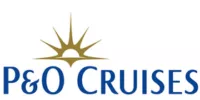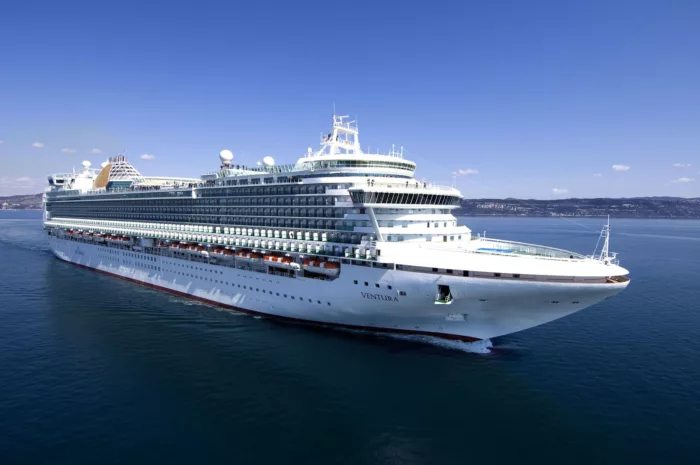
P&O Cruises
Welcome to the P&O cruise experience - where quality and value abide in perfect harmony.
P&O Cruises offer a distinctive style that appeals to both new and veteran travellers alike, with trademark sailings providing opportunities for the whole family to enjoy.
Cruises for those seeking an adult-only vibe are available, while those who prefer smaller ships can choose from more modest vessels.
2094
Passengers
866
Crew
2005
Launched
2017
Last refit
83781t
Tonnage
289m
Length
29m
Width
24kts
Speed
11
Decks
GBP
Currency
Cruise Itinerary
Ship Details


P&O Cruises
Arcadia
Exclusively for adults - Arcadia’s signature features such as her exterior glass-fronted lifts and expansive art collection, featuring no less than 3,000 works of art, create a sophisticated air.
Cabins
All Prices









